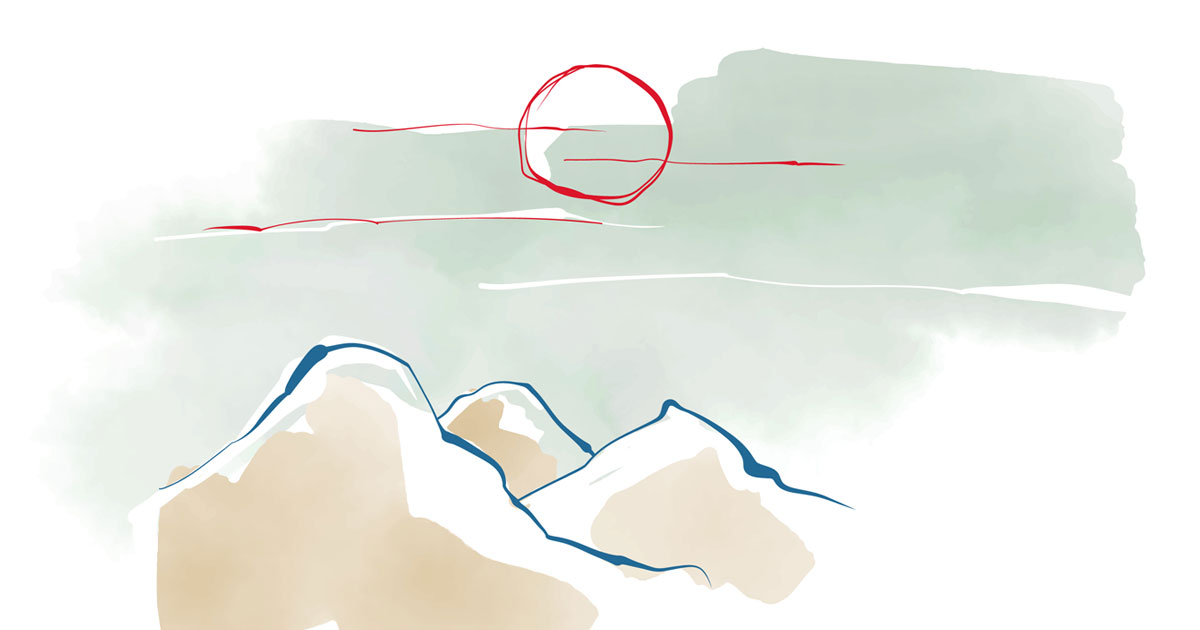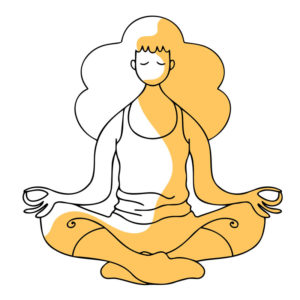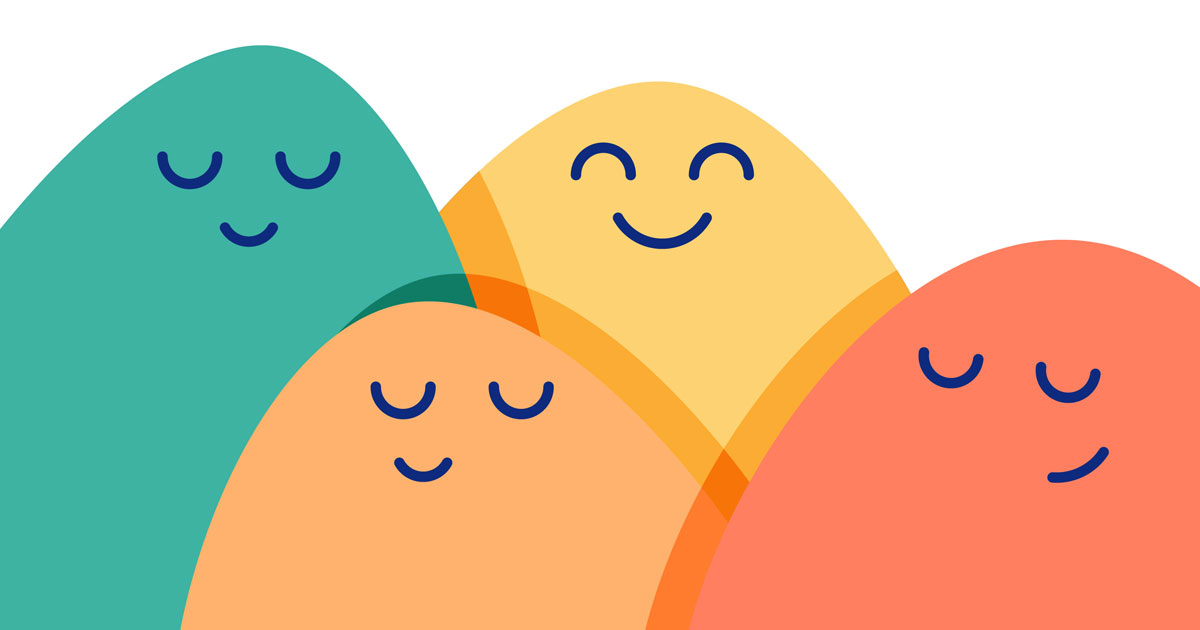When people think of mindfulness, they often confuse it for meditation. As a result, many picture practicing mindfulness in a quiet room, eyes closed, deep in thought. Fortunately, meditation is only one mindfulness technique. While not everyone is successful with meditation, mindfulness is a much broader practice than most people realize.
Proper mindfulness techniques can help you destress, appreciate the natural world around you, and become more compassionate towards yourself and others. With various techniques to choose from and apply to your own life, you can practice being mindful anywhere any time. The important part is that you can achieve peace. Anyone can practice mindfulness, and once you find the technique that works for you, you’ll be able to achieve multiple mindfulness benefits.
What Is Mindfulness?
Mindfulness is a state in which you’re paying open and active attention to the world around you. When you practice mindfulness, you observe your thoughts without judgment or reaction, and extend the same courtesy to others by being compassionate and accepting. To be mindful is to be in the moment and at peace with what the moment brings. When you practice mindfulness, you can learn to destress and go with the flow, wherever you may be.
Meditation is, of course, the best-known mindfulness technique. This technique involves closing your eyes, focusing on your breath, and/or listening to auditory stimulations and visualizations. During meditation, you’re usually in one place for a few minutes at a time, in a state of deep concentration and thought. While meditation is the most famous mindfulness technique, it is not the only type of mindfulness. In fact, this stereotypical image of meditation is only one type of meditation, all of which fall under the practice of mindfulness.
Mindfulness meditation has been shown to help with depression and anxiety. As a part of the larger category of mindfulness, it is a very useful technique to not only begin practicing mindfulness, but also to begin discovering which other mindfulness techniques may appeal to you. Let’s explore some of the options.
A Variety of Mindfulness Techniques
The goal of a mindfulness exercise is to enter a state of relaxation and personal acceptance, all while being one with the world around you. While this may sound difficult to achieve, the truth is that there are a great many mindfulness techniques, so there’s bound to be one that clicks for you. The key is to practice your favorites, learn to accept your current mental and emotional state without judgment, and focus on the present. Here are some of the most common.
Arts and Crafts
Described as “art therapy” when it pertains to the mindful participation in art to reduce stress and improve mental health, working on art is a good way to stay present and centered on something tangible, while still being able to just let your emotions be released and embraced without suppression. Any sort of art will do, from working with clay to drawing in pencil, to all forms of painting and even coloring. Whether art therapy is done in a clinical setting with a specific format or you’re simply sketching in your free time, art therapy has been proven to decrease stress and increase the general quality of life.
The subject you choose is up to you. However, one recommendation is to create art about a place you like. Start by attempting to depict the lake you camp at, the beach you went to as a kid, the city you dream of living in, and similar. This focus can help you mentally transport to those places and the calm they produce. Creating art about things that make you happy is a good way to calm down and focus on something positive and relaxing, especially if it’s about nature.
Finding Mindfulness in Nature

Whether you’re going for a walk in the park, adventuring through a local hiking or forest trail, or just sleeping out under the stars for a night, enjoying the outdoors doesn’t only help you appreciate the beauty of nature; it can also be incredibly relaxing and therapeutic. Going outside can improve both your mood and your connection to the natural world. One study even found that practicing mindfulness while out in nature may enhance these already present benefits.
If you’re simply sitting down and taking it all in, this sort of nature-based mindfulness exercise can even be considered a sort of meditation. All you have to do is focus on the sensations around you; the sound of the animals, the warmth of the sun, the feeling of the breeze, the smell of the salt water—anything that you can connect with and think about. You’ll be able to enter a state of deep concentration and relax, much like with visualization-based meditation exercises.
If you’re going for a walk, however, you’ll be practicing a mindfulness technique that also involves physical activity. This strategy works for multiple reasons. First, exercise has been proven to reduce stress due to a release of endorphins and norepinephrine, chemicals that make you feel happy, euphoric, and less stressed. Second, you’re out in nature, which, as already mentioned, also improves your mood. However, to get the most mindfulness benefits out of this exercise, you need to find ways to stay present and focused on the world around you. If you’re out in nature enough that a nature walk is already routine for you, you can do this by changing your route or taking pictures.
5-4-3-2-1 Sensory Grounding
This mindfulness technique is much more portable than either art or time in nature, and can be done anywhere. That’s because by using your senses, you can ground yourself in the moment regardless of where you are. For example, if you’d like to destress on your daily bus commute to school or work, this is an exercise you can do without much time or practice required.
All you have to do is focus on 5, 4, 3, 2, and 1:
- 5 things you see
- 4 things you feel
- 3 things you hear
- 2 things you smell
- 1 thing you taste
If you consider the bus scenario mentioned above, you may be able to focus on things like the other bus passengers, the cars outside, the music on the radio, the feel of the leather seats, and the rumble of the ground and wheels beneath you. If you’re in public, however, you might not have all of your senses available to you. You can omit these and replace them with another sense, or tap into your sensory memories and use those.
By making use of your senses, you’re once again focusing on something tangible without judging either your surroundings or your reaction to them. This doesn’t work for people who are sensory averse, but for those willing to give it a try, you’ll be able to calm down even in an otherwise stressful moment. Better yet, the more you practice grounding in the moment regardless of your circumstances, the easier it will be to focus the next time a stressful situation presents itself. This sort of technique may even help you calm down during a panic attack, if you’re able to redirect your thoughts and accept your negative mental state.
Body Scanning
Body scanning is similar to sensory grounding, with the difference being your point of focus. Instead of noticing all the sensory stimulations that have to do with your surroundings, you’re instead focusing on your own body and how you feel. Just lie down and, starting from either your head or your toes, work your way over your body. During this process, you’re focusing on and calling attention to any pain or discomfort and, for the time being, accepting the feeling.
Mindfulness and Meditation Games
It may seem unusual, but playing games on your phone, computer, or TV can also help you destress and practice mindfulness.

The calming nature of some games gives you an activity to focus on and rewards you with positive feelings for doing it right. In fact, video games have been proven to release dopamine.
In small doses, playing calming video games can make you happier while giving you a goal to focus on. In fact, there are mindfulness apps and games dedicated to helping you relax through simple, yet satisfying, gameplay. Some even feature physical effort that can further release physical tension and stress.
Apps like I Love Hue 2 and #SelfLove, as well as console video games like Animal Crossing: New Horizons are all designed to be relaxing, yet rewarding. Users experience an activity one can play for both fun and to practice mindfulness techniques in an indirect way. There’s a reason New Horizons is the best-selling Animal Crossing game since the franchise began. It was released at the beginning of the pandemic, so people who were both stuck inside and stressed by the virus had an easy, fun outlet to relax and hang out with their friends.
Mindfulness Benefits

In the short term, mindfulness exercises can be used to relax during or after a stressful situation and become more connected to the world around you. The more you practice, the easier it’ll be to ground yourself in the moment and connect with your future self. This helps to relieve temporary stress and appreciate your current surroundings and emotions.
In the long term, mindfulness exercises are used to train your body and brain to relax more effectively, accept yourself and your feelings, and extend that same focus and compassion to the environment and the people around you. The various techniques used can also teach you other skills in the meantime.
For example, mindfulness practiced by playing games has the same benefit as playing video games in general, including an increase in detection skills and strategic thoughts. Mindfulness through exercise gives you physical benefits as well as mental and emotional boosts, allowing you to become healthier all around. Mindfulness through art can help you become more creative. Each of these mindfulness endeavors can help you shift focus away from the relentless thoughts that fuel addiction and towards healthier endeavors.
While it may be hard to get into the rhythm at first, practicing proper mindfulness and meditation techniques can teach you skills you’ll use in your daily life. You’ll be able to avoid triggers, calm down, and stay centered to solve problems, become more healthy, and see things from a new perspective.
If one technique or artform doesn’t work for you, there’s no harm in trying another until you find something that helps you reach your goals. After all, this is about personal connection and acceptance just as much as it is about relaxation techniques and relapse prevention. Different exercises work for different people, so don’t be afraid to experiment until you find something that fits.

Experienced Chief Executive Addiction Recovery and Mental Health Professional
Business professional in the Addiction Recovery and Mental Health industry for the past 26 years. Caring, compassionate and strongly motivated to make a difference in the organizations I am affiliated with and welfare of the population we serve. Currently focused on advocating, educating and developing projects leveraging evidence based, real time technology to support individuals in recovery.


